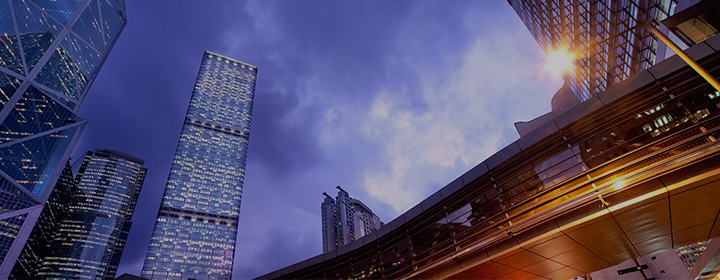Anodizing is an electrochemical method. In the appropriate electrolyte, the alloy parts are anodized, stainless steel, chromium, or electrical electrolyte itself is the cathode. The anode oxidation is made under certain voltage and current conditions, which makes the surface of the workpiece anodized film. According to the type of electrolyte and the properties of the film, it can be divided into sulfuric acid, chromic acid, oxalic acid, mixed acid, hard and porcelain anodizing. According to the dyeing properties of various anodic oxide films, only anodic oxidation film obtained by sulfuric acid anodizing is the most suitable for dyeing; while other oxalic acid and porcelain anodized film can be coloured, but the color of chromium is serious; chromium is serious. Chromium The acid anodizing film or hard oxide film can not be colored; in the synthesis, to achieve the purpose of anodizing, only sulfuric acid anodizing is needed.
1. The limitations of sulfuric acid anodizing on aluminum alloys:
1, the existence of alloy elements will reduce the quality of the oxide film. Under the same condition, the oxide film on pure aluminum is the thickest, the hardness is the highest, the corrosion resistance is the best and the evenness is the best. Aluminum alloy materials, in order to obtain good oxidation effect, ensure aluminum content, usually under no less than 95%.
2, in the alloy, copper will make the oxide film reddish, destroy the electrolyte quality and increase the oxidation defect; silicon will make the oxide film ash, especially when the content exceeds 4.5%, the effect is more obvious; iron is characterized by the form of black spots after the anodizing.
Two. The main classification and composition of commonly used die casting aluminum alloys are:
The common die-casting aluminum alloy can be divided into three main categories: one is aluminum silicon alloy, which mainly includes YL102 (ADC1, A413.0, etc.), YL104 (ADC3, A360); two is Al Si Cu alloy, mainly including YL112 (A380, ADC10, etc.), YL113 (3830), YL117 (B390, etc.); three is Al Mg alloy, including 302 (302). 5180, ADC5, ADC6 and so on.
For Al Mg alloy, it can be oxidized and coloured, which is an important characteristic of difference and other alloys, but there are also some shortcomings in comparison.
1, the anodized film has dual properties, and the pores are large and the distribution is uneven, so it is difficult to achieve the best anticorrosive effect.
2, magnesium has the tendency of hardening and brittleness, reducing elongation and increasing thermal cracking, such as ADC5, ADC6, and so on. In production, because of its wide solidification range and large shrinkage tendency, it often produces shrinkage and crack, and the casting performance is very poor. Therefore, it has great limitation in its use range and the structure is slightly complex. Production;
3, the aluminum magnesium alloy commonly used in the market is difficult to produce transparent protective film because of its complex composition, low purity of aluminum and anodizing of sulfuric acid. It is often milky white, and the color state is poor. It is difficult to achieve the ideal effect according to the normal process.
In general, it can be seen that the common die-casting aluminum alloy is not suitable for the anodic oxidation of sulphuric acid. However, not all the die-casting aluminum alloys can not achieve the purpose of oxidation, such as aluminum manganese cobalt alloy DM32, aluminum manganese magnesium alloy DM6 and so on, the die-casting performance and oxidation performance is good, only because the entry time is short, it has not been obtained. And just.






